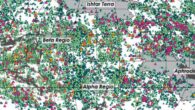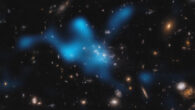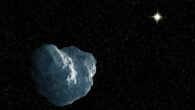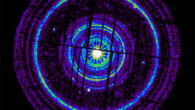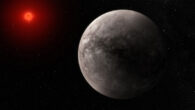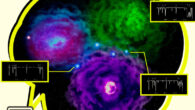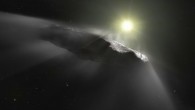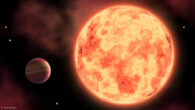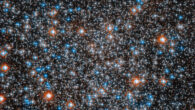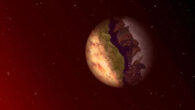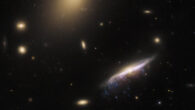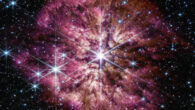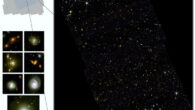The most feasible explanation is that icy ring particles raining down onto Saturn’s atmosphere cause this heating, according to a team of astronomers who analyzed several datasets obtained by the NASA/ESA Hubble Space Telescope, NASA’s Cassini spacecraft, NASA’s Voyager 1 and 2 spacecraft, and the NASA / ESA / SERC International Ultraviolet Explorer mission. This could be due to the impact of micrometeorites, solar wind particle bombardment,...


